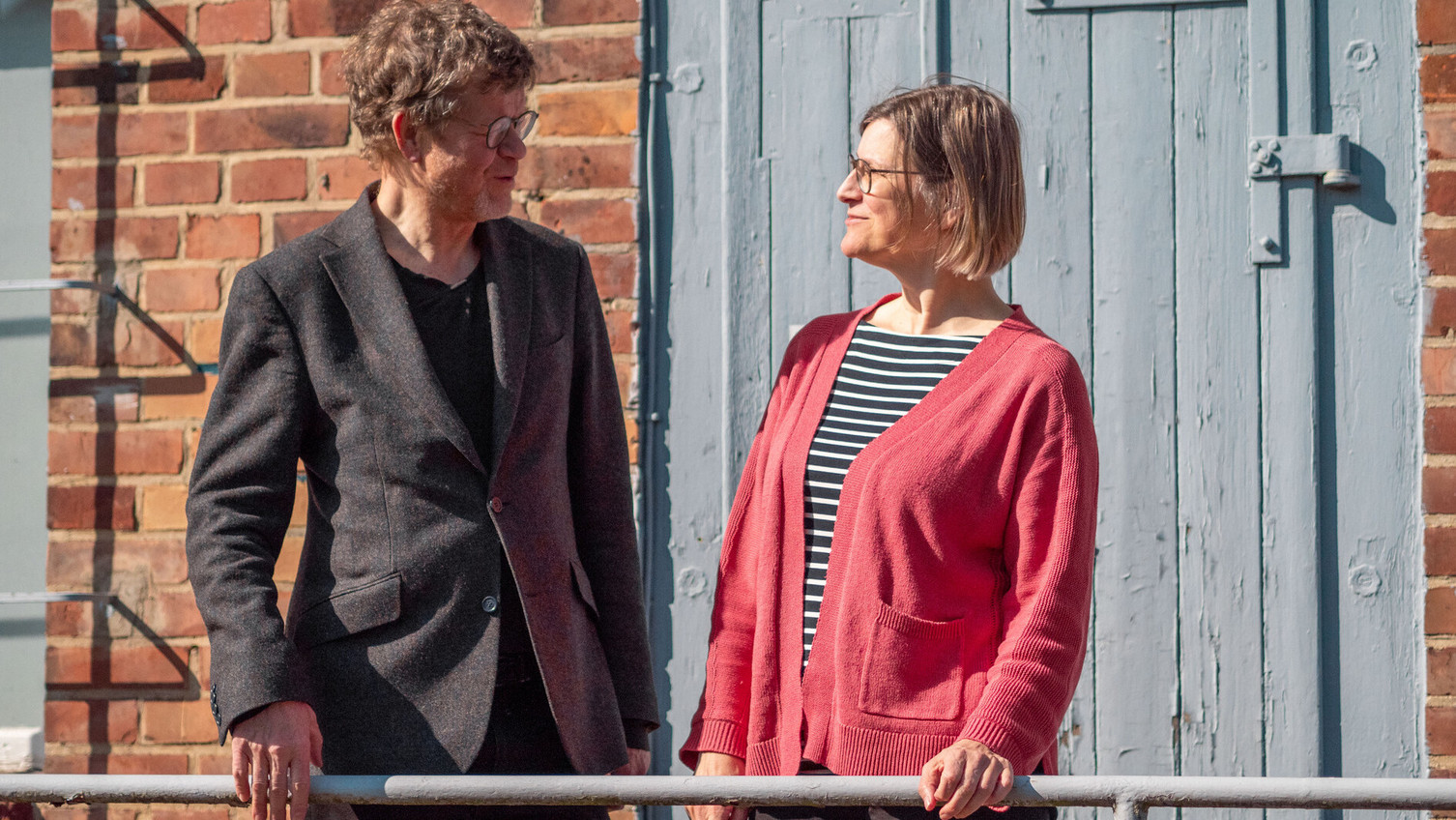Is the museum there for the city? Students examine the social role of the Salzmuseum
2023-05-02 How is the Salzmuseum ("Salt Museum") received by its direct neighbors, the residents of the high-rise housing estate "Am weißen Turm"? A project seminar in cooperation with the museum explores this question with qualitative surveys. The goal is to address more diverse visitors and to strengthen the relationship between the museum and the residents.
 ©Leuphana/ Ciara Charlotte Burgess
©Leuphana/ Ciara Charlotte Burgess
"Man can live without gold, but not without salt," pointed out the Roman writer Cassiodorus over 1500 years ago. Without this vital element, Lüneburg would not be the city it is today. The many churches, the historic town hall and the characteristic gabled houses are reminders of the city's medieval wealth. In the Middle Ages, salt was indispensable, especially for the preservation of food. The "white gold" was sold from Lüneburg via Lübeck to the entire Baltic Sea region and as far as Russia. It was extracted in the Lüneburg salt works for over 1000 years, until 1980.
Today, the Deutsches Salzmuseum ("German Salt Museum") on the former salt works site recalls the origins of the salt city of Lüneburg. Its neighbors include the large supermarket, which is also located on the site, as well as the residents of the high-rise housing estate "Am weißen Turm". What about the neighborhood between the housing estate and the Salt Museum? This is what bachelor students at Leuphana are investigating this semester as part of a course research project. The seminar is being held in cooperation with the Salzmuseum. Professor Volker Kirchberg, Professor of Sociology of the Arts at the Institute of Sociology and Cultural Organization, and Dr. Alexandra Hentschel, director of the Salzmuseum for the past year and a half, are leading the seminar.
What is a museum for? This question has accompanied Volker Kirchberg for more than 20 years. At the Free University of Berlin, he completed his habilitation on the social functions of museums. "The first thing that comes to mind is preservation, archiving, collecting. Then there's research, exhibiting, and only then mediation," Kirchberg explains. But what exactly legitimizes the existence of a museum? According to Kirchberg, the interaction between the institution and the public is crucial: "Ideally, society radiates into the museum, and the museum in turn radiates into society." For this reason, he says, looking purely at visitor numbers when it comes to determining a museum's success is also too short-sighted. "A museum is only really legitimate when it has a community that identifies with it," says the sociologist.
For the Lüneburg Salzmuseum, this means actively reaching out to the local population, especially the immediate neighborhood. The typical museum visitor usually comes from the educated middle class. The Lüneburg Salzmuseum is mainly visited by tourists and school classes. Director Alexandra Hentschel also believes that a museum should be there for everyone. How can you appeal to a more diverse visitor base? "Most museums are publicly funded, so we have a special obligation to society," thinks Alexandra Hentschel, "everyone must at least have the opportunity to visit the museum."
The approach the students are now taking to learn more about the relationship between the museum and the "Am weißen Turm" residential area - and to promote it where appropriate - is called "outreach." This means asking about the interests and needs of the neighborhood and finding out how the Salzmuseum is perceived. In addition to qualitative interviews with residents, expert interviews are planned, for example with the neighborhood manager and the residents' representative of the "Am weißen Turm". The students also plan to conduct focus group discussions, including at the settlement's senior citizens' meeting place. "In the end, the question is what we can do as a museum," says Alexandra Hentschel. In order for the results to have a sustainable added value for the place, at the end of the semester the participants will not have a traditional term paper, but a poster presentation of the research results. This will be presented to the residents. The results are also of interest to the city of Lüneburg: The city's planning commissioner has already promised funds for the realization of a small project that will take up the residents' wishes, says Alexandra Hentschel - provided that the research findings provide an approach for such a project by the museum. The task now is to find out exactly what such a project could look like.
